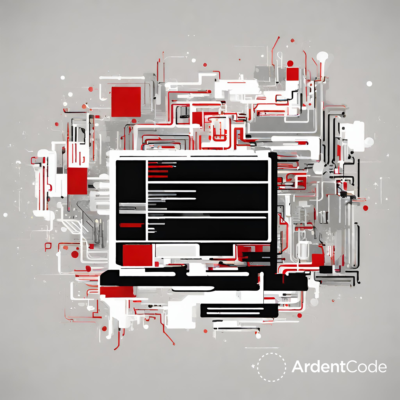Building high-performance teams can be challenging for executives and business owners daily. To tackle these challenges effectively, it’s crucial to identify and define them. This task can be tricky because failures or difficulties can stem from various sources. What are the most dangerous threats, and how do they impact teams?

To begin, it’s crucial to recognize that teams can lose productivity due to both external and internal factors. Today, our focus is on internal constraints. We’ll highlight a selection of these constraints, identifying the threats associated with each. This is not a ranking; hence, the order is not of significance.
Leadership Challenges: Who is in Charge?
The absence of a person who is leading projects or activities poses a threat to both the team and C-level management. However, a leader who introduces chaos rather than order can be harmful, and another issue is the absence of leadership. The role includes caring for the well-being of team members, appropriately dividing tasks, reviewing progress, and rectifying mistakes. A team leader also serves as a liaison between management and individual employees, ensuring project completion within set objectives and deadlines. Securing team resources and maintaining a positive work environment fall within the leader’s competence. A team coordinator with poor professional and social skills can diminish the quality of work overtime. Conversely, a leader who respects people while maintaining a business perspective can unite the team in challenging times.
Team Dynamics: What Can Rattle a Team?
Negative behaviors, such as a lack of self-confidence and undermining one’s skills, can hinder progress. Additionally, individuals harboring a sense of injustice may express it through complaining or sabotaging the team’s work. Whining can also disrupt the team’s rhythm, weaken morale, and irritate others.
On the opposite extreme are individuals who could be described as super-geniuses, emphasizing their importance and infallibility. Selecting team members is a critical factor in creating highly effective teams. At ArdentCode, we prioritize three main qualities in our employees, based on Patrick Lencioni’s values[1]: hungry (eager to solve challenges), humble (cooperative without the need for self-exaltation), and smart (emotionally intelligent, possessing savvy, open-minded, and sharp).
Fatigue and Risk of Burnout
Repetitive work, prolonged periods on a single project or technology, and a lack of challenge can lead to fatigue. Introducing elements of freshness, such as inventing and implementing additional functionality, positively impacts engagement. In a business context, collaborating with an outside team can strengthen in-house team competence and performance. However, it’s essential to consider that engaging external developers may also contribute to gaining new skills or experience within the in-house team.
Awareness of Purpose: Why Does It Matter?

Uncertainty or doubt about the purpose of work poses a danger that can lead to a drop in morale, lower commitment, or disrupt a positive, developmental atmosphere. People cope better with challenges when they have a specific goal they are striving for. Professionally, knowing the purpose behind tasks facilitates problem-solving, even in the face of difficulties. Defining and effectively communicating goals at the team and company levels presents a trustworthy and committed leadership. This ensures that day-to-day activities, though potentially tedious in the short term, contribute significantly to a well-thought-out and planned larger whole.
And, what is the biggest threat?
In conclusion, a one-size-fits-all answer to the biggest threat to high-performance teams doesn’t exhaust the issue. Selective treatment of threats won’t yield the desired results. A holistic approach to understanding threats allows for the verification and sorting of elements that need improvement. Such an analysis determines which areas to prioritize and which to address secondarily or in parallel in the long term. The challenges and risks discussed in this article were points of discussion and work at ArdentCode. Consequently, our specialists positively influence productivity and efficiency in our clients’ teams, bringing both technological knowledge and experience. All of this to support the success of our business partners.
[1] Patrick Lencioni, The Ideal Team Player: How to Recognize and Cultivate the Three Essential Virtues Hardcover (2016)